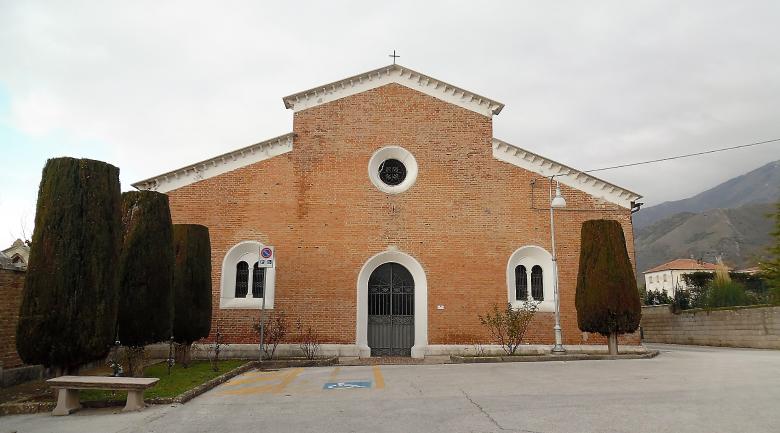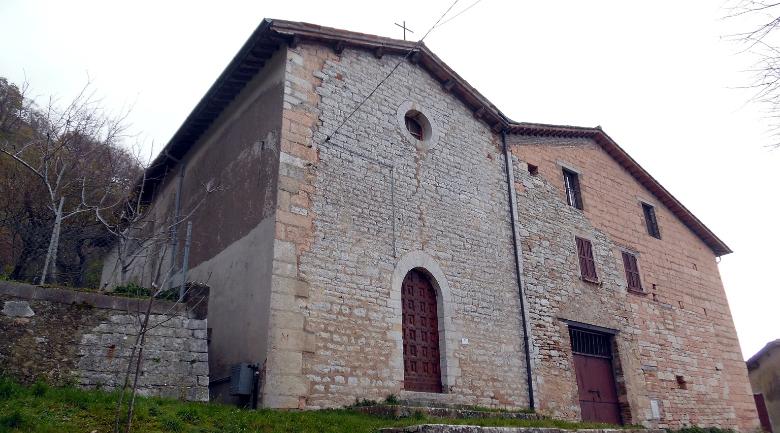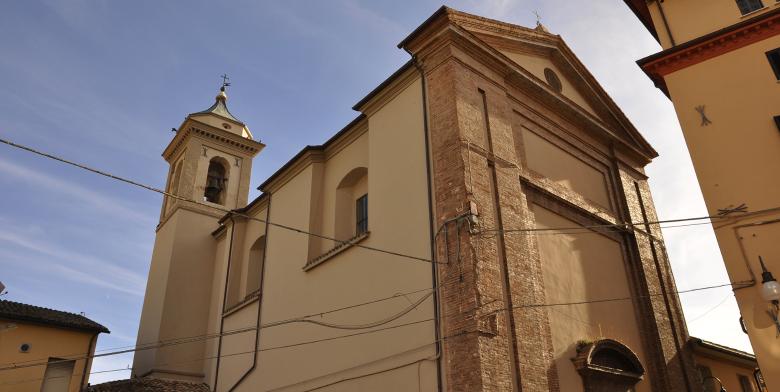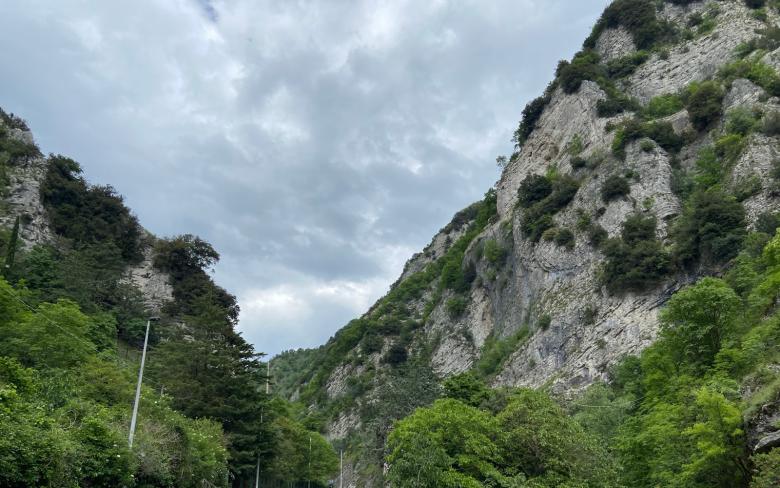Hermitage of St Jerome
Near the village of Pascelupo the splendid Hermitage stands on the eastern slope of Mount Cucco. It is dedicated to St Jerome, belonging to the Congregation of Camaldolese Hermits of Monte Corona.
The building can be reached by taking the scenic road that connects Scheggia with Sassoferrato, crossing the Corno gorge. At the end of a small uphill road, the hermitage appears, in a splendid natural landscape with a steep rock wall as a backdrop.
The foundations on which the buildings of the hermitage and the old chapel of St Jerome rest, a closed cave with masonry, show medieval architectural elements, dating back to the 11th century. The hermitage consists of three main buildings and a series of secondary structures. The complex of medieval cells set into the rock and surrounded by beech and chestnut woods is very striking.
If the presence in these parts of St Jerome, Doctor of the Church, is to be considered a pure legend, it is instead a plausible hypothesis to think that St Dominic Loricato (+1060) was one of its first inhabitants. At the end of the 13th century, Blessed Tommaso da Costacciaro chose it as a place of retreat and lived in solitude for 65 years.
A new chapter in the history of the Apennine hermitage began with the arrival of Blessed Paolo Giustiniani, who worked to ensure that his companions could retire to the hermitage of Monte Cucco. In 1521, Pope Leo X granted the Benedictine monk the use of the hermitage and from that year forward the place has been closely linked to the Congregation of Camaldolese Hermits of Monte Corona. The monks of this order are called Coronesi and wish to lead a more solitary and austere life than their Benedictine brethren.





























.jpg/ab6c5eaf-a8e5-0411-8cd6-2e21411c2f2e?width=780)






